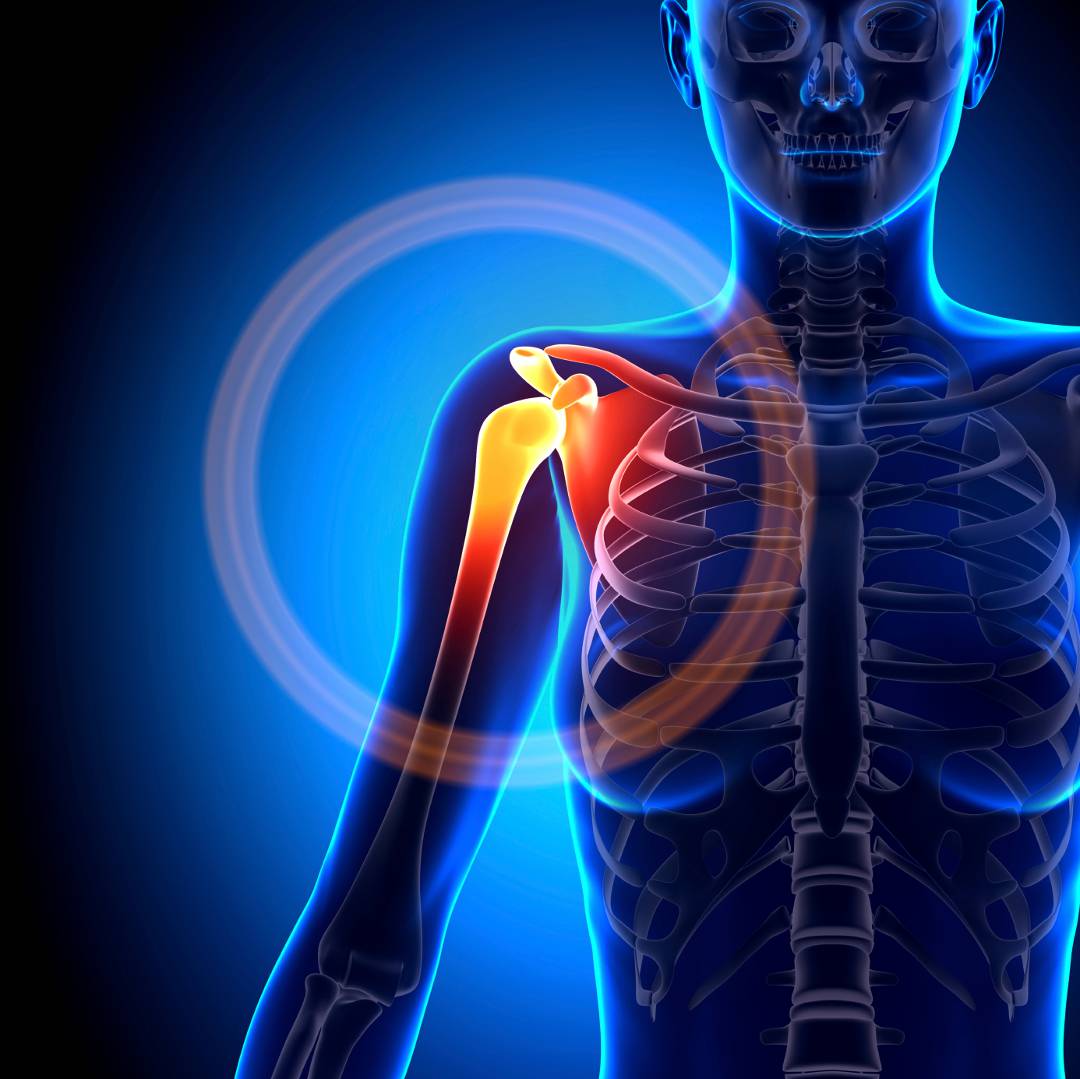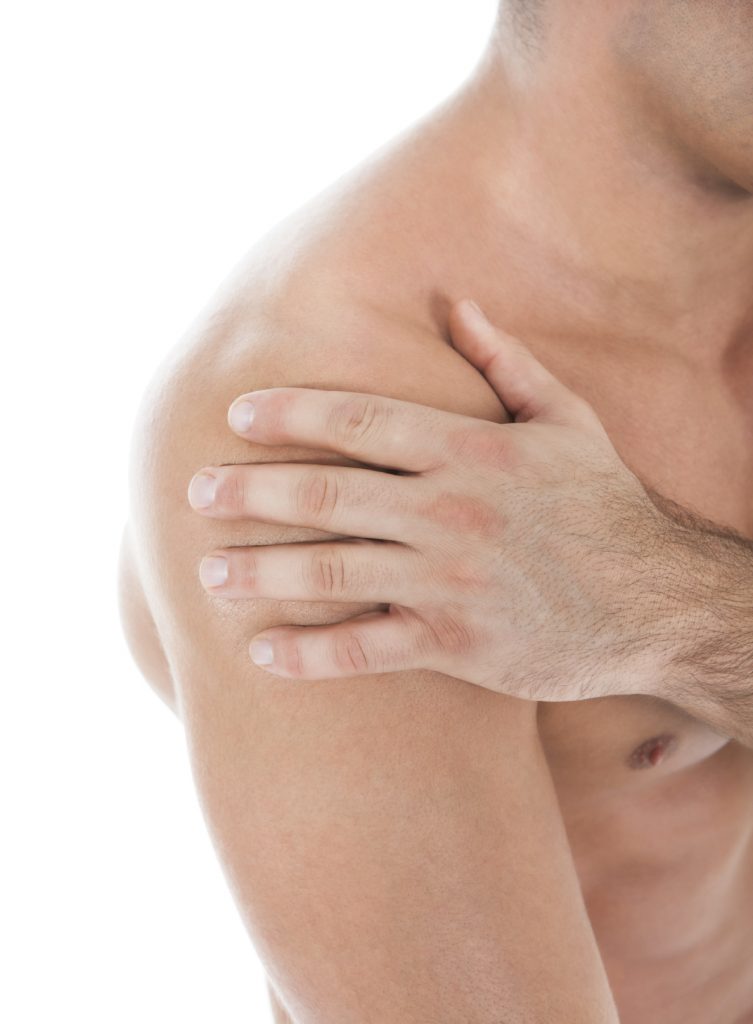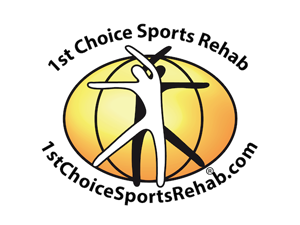Common Swimming Injuries.
Swimming injuries occur despite the low impact nature of the exercise. It is non-weight bearing and places lower stress on the joints than other forms of exercise. It is extremely effective for improving aerobic fitness and stamina. However, lap or distance swimmers who train intensely or for long periods can develop painful injuries.
These injuries are most commonly classified as repetitive stress injuries or “overuse” injuries because of similar or identical motions repeated for long periods of time. The most common problems are often related to muscular imbalance and improper stroke technique.

Shoulder injuries.
These injuries are the most common in swimming due to the potential instability of the shoulder. Studies have shown that the primary scapular stabilizer Serratus Anterior, functions at 75% maximum capacity during freestyle. High volume of swimming may quickly lead to Serratus Anterior fatigue which frequently leads to over-use of the glenohumeral joint. As a result, typical shoulder problems seen in swimmers are:
- Rotator Cuff Syndrome
- Tendonitis
- Bursitis
Almost all rehab protocols for shoulder pain include theraband/theratubing exercise of the rotator cuff to help strengthen the rotator cuff musculature. These exercises are a great preventative tool, but many times it is not enough. If the rotator cuff injury is a result of scapular instability the problem will return. It is essential to identify any scapular instability and perform exercises such as straight arm push-ups, rhomboid retraction (seated rows that focus on bringing the shoulder blades together) and other exercises that help stabilize this area.
Neck pain and stiffness.
Many freestyle swimmers breath unilaterally (only to one side) Due to the repetitive nature of swimming it is not uncommon to take 20 breaths or more per length of the pool. If swimmers do not rotate their bodies adequately, they will turn their head more then necessary which may lead to neck and upper back discomfort. To minimize the strain on the neck and upper back, swimmers should focus on bilateral breathing (breathing every 3, 5 or 7 strokes to allow for breaths on both sides). Whole body rotation is also encouraged. Whole body rotation will improve efficiency in the water and will require much less neck rotation when breathing.
Ask An Expert
Dr. DelFavero and his colleagues at 1st Choice Sports Rehab have a long history of successful sports injury treatment.
Lower Leg Cramping
When kicking, the lower leg is placed in a plantar flexed position. This means the toes are pointed down as if you were standing on your toes. This position is opposite of weight bearing activities such as running and walking which places the foot in dorsiflexion. Many athletes who do a lot of running find it difficult to point their toes and as a result are very poor, inefficient kickers. If an athlete lacks the flexibility to achieve the proper foot position for kicking, it is not uncommon for these athletes to develop calf and foot cramps. High volume of kicking may also lead to cramping, adequate hydration and flexibility is essential in minimizing the risk of cramping in the pool.Inefficiency.
An efficient long distance swimmer will use their arms more than their legs to move them through the water. There is a mechanical advantage in pulling versus kicking. In addition, the muscle groups of the legs are much larger which require more oxygen and will typically fatigue faster than the muscles in the arms. This is an important concept in triathletes who wish to “save their legs” for the bike and run. A great training gauge of efficiency in the water can be accomplished using a system called Distance Per Stroke. This training technique requires the athlete to count their strokes while being timed for one length of the pool. As the athlete becomes more efficient in the water they will find that the number of strokes required to complete the distance will lessen in either the same amount of time or faster. By identifying and addressing improper swimming technique, weakness, imbalance or other issues of the muscles or joints, injuries can be easily avoided. However, if these issues are not addressed, treatments such as Active Release Techniques (ART) or other soft tissue treatments may be a quick and effective solution.Get In Touch
Decatur Office
John’s Creek Office
Office Hours
Mon - Fri — 8:00am - 5:00pm
Saturday — 9:00am - 3:30pm
Sunday — Closed
